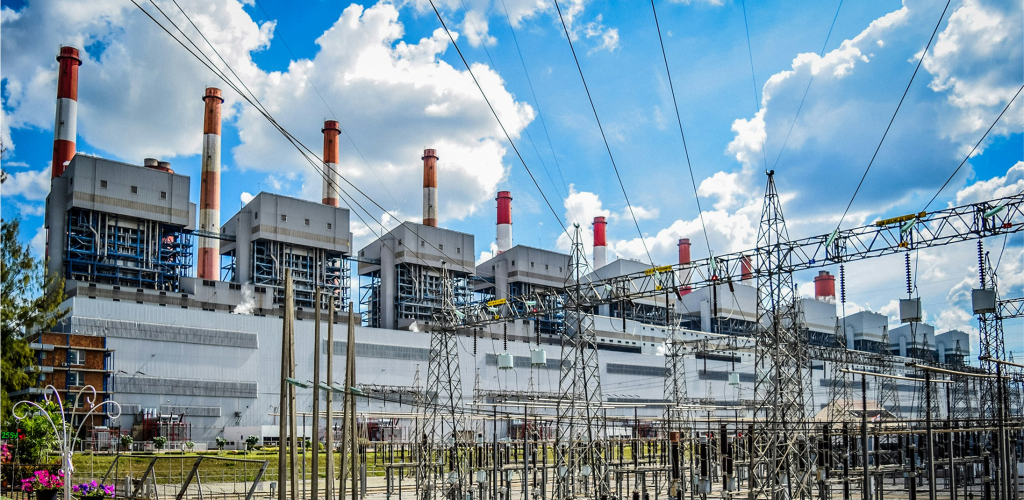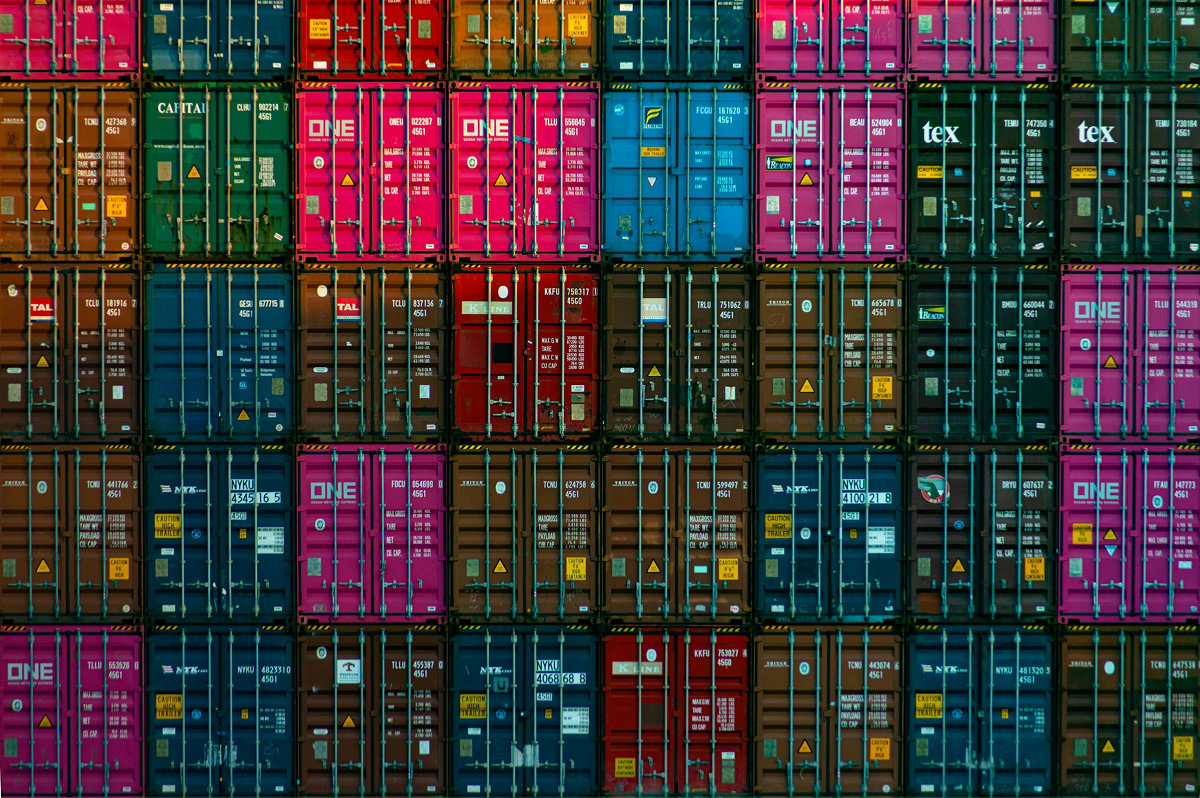Reacting to the recent passing of HR1 – the legislative embodiment of Project 2025, Paul Krugman wrapped up a recent blog with the following observation:
“MAGA and the manosphere may hate clean energy, but they won’t be able to stop the rise of renewables. All they can do, possibly, is stop the rise of renewables in the United States. Other nations, China in particular, are making huge investments in wind and solar power, because they understand what Trump and his allies refuse to acknowledge — that this is the only way forward.
So while MAGA’s attempt to strangle clean energy will increase the risks of global climate catastrophe, it will also increase the risks of U.S. economic stagnation, forcing our nation to remain wedded to obsolete energy technologies while other countries march into the future.”
Electricity is kind of fundamental to making things. It’s harder to reshore industry if electricity costs too much, or lacks reliability. So did Krugman go too far – or not far enough? The rollback of support for renewable energy in HR1 may distract our attention from five fundamental trends shaping the way we make and consume electricity. Tariff policy can slow the pace of these trends, but there is no mistaking the direction they point.
These fundamentals are:
1. The trend in the cost/performance/longevity of battery energy storage systems

2. The trend in the unit cost of renewable energy production
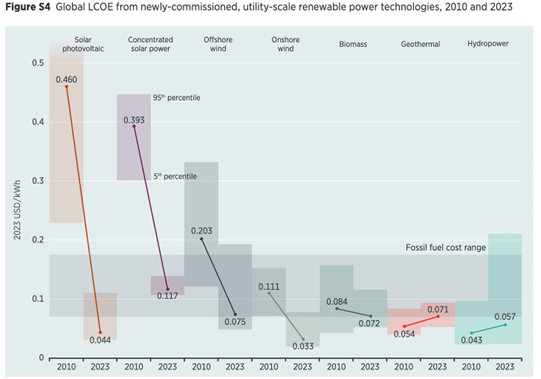
Source: IRENA
3. The price volatility experienced by industrial electricity buyers
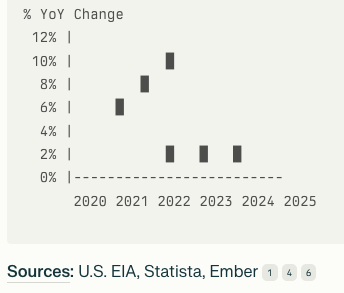
4. Growing demand for electricity
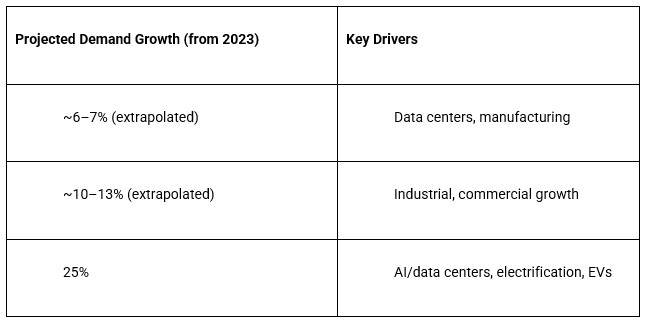
5. Growing threats to the reliability of grid-supplied electricity
“With projected load growth, retirements increase the risk of power outages by 100 times in 2030. Allowing 104 GW of firm generation to retire by 2030—without timely replacement—could lead to significant outages when weather conditions do not accommodate wind and solar generation. Modeling shows annual outage hours could increase from single digits today to more than 800 hours per year. Such a surge would leave millions of households and businesses vulnerable.”
https://www.energy.gov/articles/department-energy-releases-report-evaluating-us-grid-reliability-and-security
HR 1 will not change the direction of any of these trends. It may amplify the last three noted above.
A possible near-term effect of HR1 will be to shift the locus of renewable energy development away from grid-scale systems dominated by established energy industry incumbents and towards a nimble group of suppliers and customers who find ways to leverage the fundamental trends in the energy industry with smaller distributed behind-the-meter renewable generation and storage solutions that stabilize cost, add resilience, and improve sustainability for the energy off-taker.
The pace of large-scale renewable development in the US has undoubtedly been set back by HR1. But as long as state legislatures, system operators and regulators facilitate interconnection of distributed energy resources, (enabling net-metering and demand-response systems) American ingenuity can survive project 2025. We’re betting on it.

